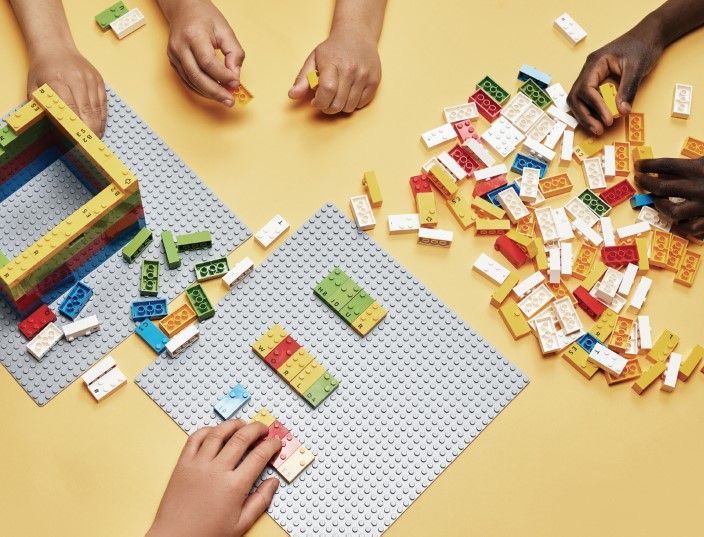Braille is a vital communication tool for people with impaired vision. Now students can learn it in a fun way alongside their sighted peers, writes journalist Jessica Willis.
Vision Australia, a not-for-profit provider of services for people with blindness or low vision, has partnered with the LEGO® Foundation to help students develop their Braille skills and offer inclusive learning with their sighted classmates.
“Most little kids start out playing with blocks with letters on them, but a child who is blind or has low vision can’t see those – so these LEGO Braille bricks allow them access to early literacy learning,” says Melissa Fanshawe, senior lecturer at University of Southern Queensland. Fanshawe is a LEGO Braille education ambassador and mum to Ollie, 14, who has low vision.
The raised bumps on each LEGO Braille brick have been modified to correspond to a letter or character of the Braille alphabet.
Each brick also has a printed letter or character to allow children who are blind or have low vision to learn and play alongside sighted classmates, family members and teachers.
“This new toy normalises Braille and allows sighted kids and those who are blind or have low vision to play together and it allows kids with vision impairment to learn while they play, and that is something that sighted kids take for granted,” Fanshawe added.
Revolutionary educational tool
The CEO of Vision Australia, Ron Hooton, said the organisation was proud to partner with LEGO and become the only distributor of the Braille bricks in Australia.
“Inclusive education is something Vision Australia advocates for and the LEGO Foundation has provided us with a great example of how that can be achieved,” Hooton said.
“Braille is vital in supporting children who are blind or have low vision to develop literacy skills, and LEGO Braille bricks are a great way to expose children to Braille at an early age.
“Not only will LEGO Braille bricks be a revolutionary educational tool for them, it’s also a great way for families and other children to learn more about Braille and its importance.”



































































































































